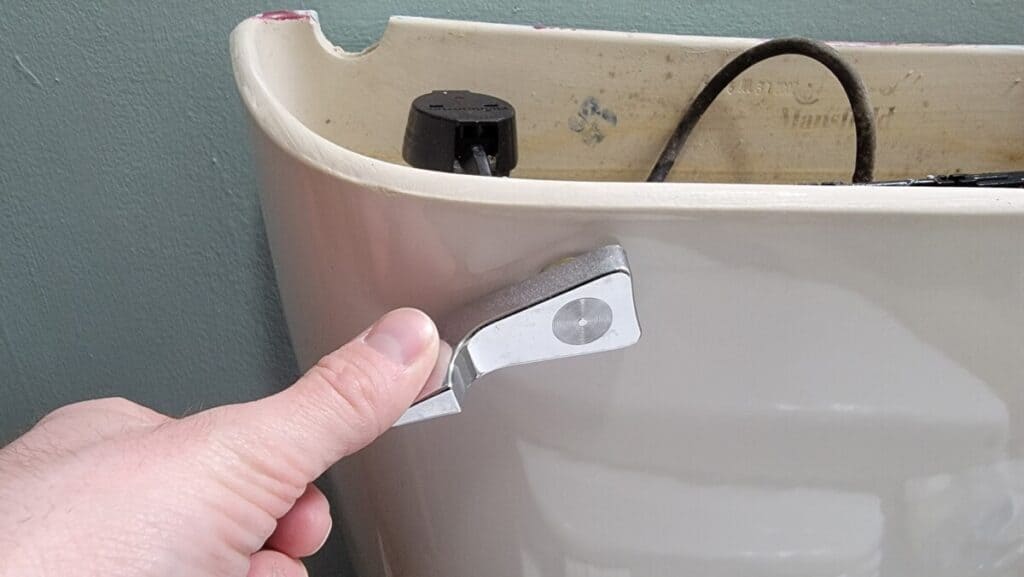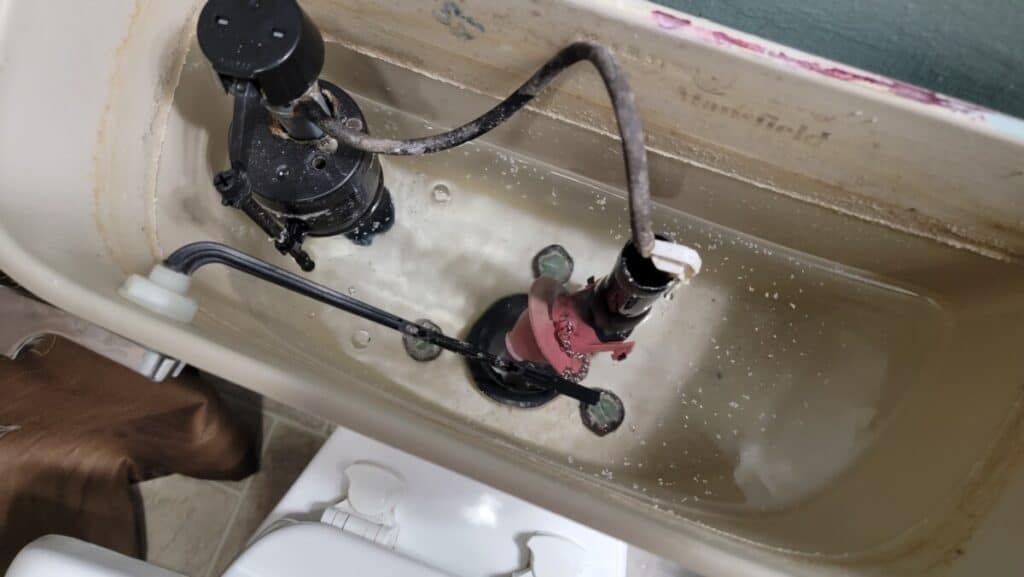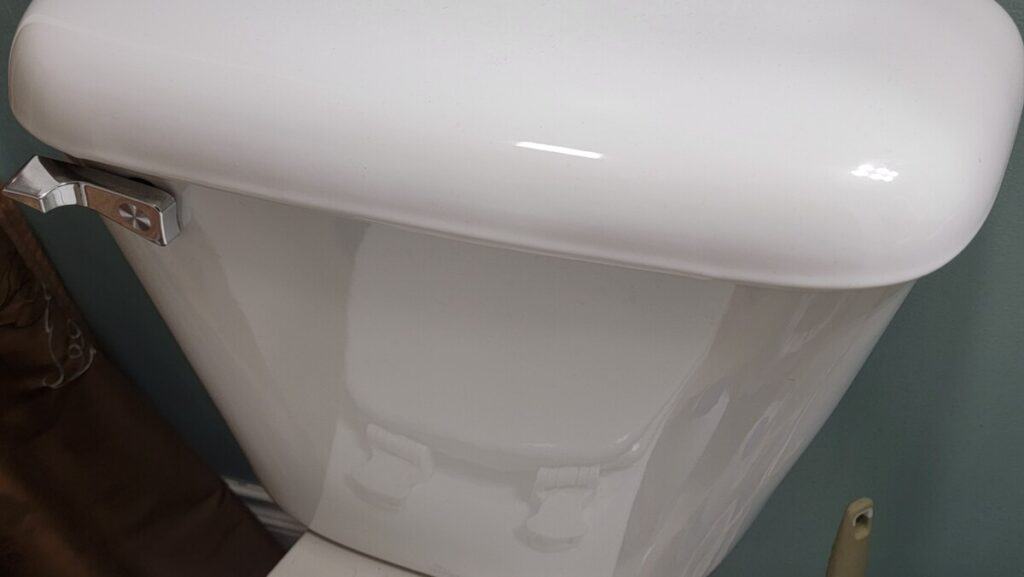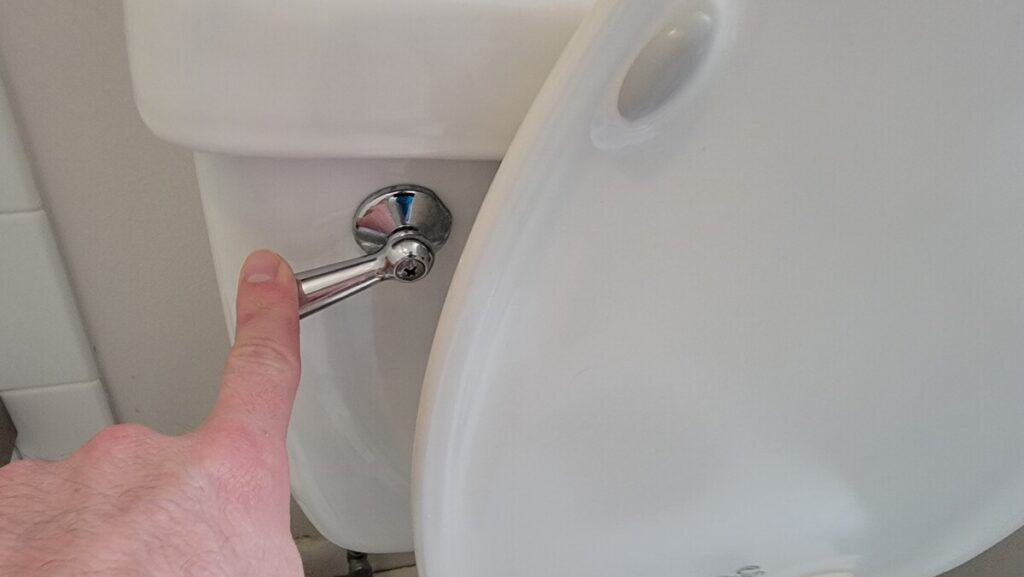From Stuck to Smooth: Toilet Handle Solutions
A smooth-functioning toilet handle is taken for granted during a typical bathroom experience. However, there may be times when the handle becomes difficult to push down, causing inconvenience and frustration. This specific problem has occurred countless times over the past 10 years during my work as a maintenance worker at a property boasting over 250 toilets.
In this article, we will explore the various reasons behind a hard-to-push toilet handle, along with potential solutions to fix the problem and restore your toilet to its optimal working condition.
Tightening Chain Issues (Most Common)
A common cause of a hard-to-push toilet handle is an overly tight flapper chain. The chain connects the toilet handle to the flapper, and if it’s too tight, it may create more resistance than normal when you push the handle down.
Solution: Adjust the chain length by unhooking it from the handle or flapper and reattaching it, leaving some slack. Be sure that the chain is not too loose, as this can prevent the flapper lifting properly during the flush from sealing properly as well, since a chain with too much slack often works its way beneath the flapper when it’s trying to create a seal.
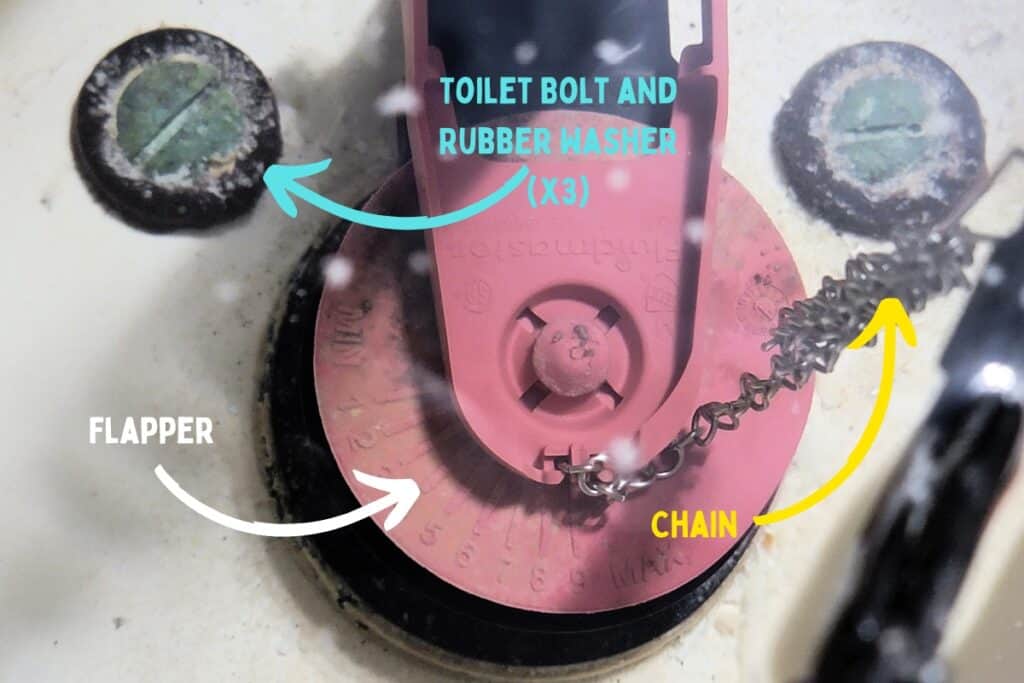
Stiff or Rusty Handle Assembly
Over time, the handle assembly can become stiff due to corrosion or rust, making it difficult to push down. The buildup of dirt and grime may also contribute to the problem.
Solution: Lift the toilet tank’s cover and gently set to the side. Begin by removing the handle and inspecting it for signs of rust, corrosion, or grime. Clean the handle using a soft cloth and mild detergent. If the handle is heavily rusted or corroded, consider replacing it with a new one.
Flapper Malfunction
The flapper is a rubber or plastic component that seals the flush valve and sits at the bottom of your toilet’s reservoir tank, preventing water from escaping the tank. Over time, the flapper can become stiff or warped, causing it to stick to the flush valve and making the handle difficult to push. If it becomes covered in slimy grime, it can also create a tighter seal to the flush valve.
Solution: Inspect the flapper for signs of wear or damage or excessive grime on the bottom. Attempt to clean with your fingers and a paper towel. If it appears to be in poor condition, replace it with a new one. Make sure the new flapper is compatible with your toilet model!
Obstructed or Misaligned Lift Arm
The lift arm is a metal or plastic rod that connects the handle to the flapper chain. If the lift arm is bent, obstructed, or misaligned, it may create resistance when pushing the handle down.
Solution: Check the lift arm for obstructions, bending, or misalignment. Gently bend the arm back into shape or realign it (if it’s metal and NOT plastic), if necessary. If the lift arm is damaged beyond repair, replace it with a new one.

Broken or Damaged Handle
A broken or damaged handle can also contribute to the problem. If the handle itself is cracked or has become loose from its base, it may be challenging to push down. A loose handle, when pushed, will often try to lift the lift arm on an angle and this will fight the normal mechanics of how the flushing mechanism is supposed to work.
Solution: Remove the cover to the toilet’s reservoir tank and set aside. Inspect the handle for signs of damage, wear, or if the nut on the inside of tank is loose that attaches to the handle. If the handle is broken or damaged, replace it with a new one. If it’s loose, tighten the nut until it’s firm but do not over tighten. Make sure the new handle is compatible with your toilet model and properly installed.
Over-tightened Handle Nut
The handle nut is a component that secures the handle to the toilet tank. If the nut is over-tightened, it will cause the handle to bind and become difficult to push.
Solution: Loosen the handle nut by turning it counterclockwise. Be careful not to loosen it too much, as this may cause the handle to become wobbly or unstable. Test the handle after loosening the nut to ensure it functions smoothly. The nut should be firmly tightened, but not to the point where it binds the handle or strips the plastic threads.
Final Takeaways
Dealing with a hard-to-push toilet handle can be frustrating, but by identifying the underlying issue and following the appropriate solution, you can quickly restore your toilet to its normal functionality.
In most cases, the problem can be resolved with simple adjustments or by replacing worn-out or damaged parts.
Remember to always turn off the water supply before attempting any repairs and consult a professional plumber or trusted handyman if you are unsure about the process or encounter difficulties.
With a bit of troubleshooting and maintenance, you can keep your toilet handle operating smoothly and enjoy a hassle-free bathroom experience.



